Are you a responsible person for deducting tax on salaries? Do you require submitting statement regarding information about TDS on salaries to the DCT?
At first, you have to know the TDS calculation on salaries and this article will help you to know all about TDS on salaries related information after deducting tax on salaries.
Tax Course: TDS Calculation on Salaries
Every company has employees. They are paid by the employer each month. And the responsible person requires deducting tax at source at the time of salary payment.
But the TDS calculation is fully different from other TDS calculations. And the after treatment of TDS on salaries is also different. It is the full income tax calculation of an individual taxpayer’s if the employee’s income is fully derived from salaries.
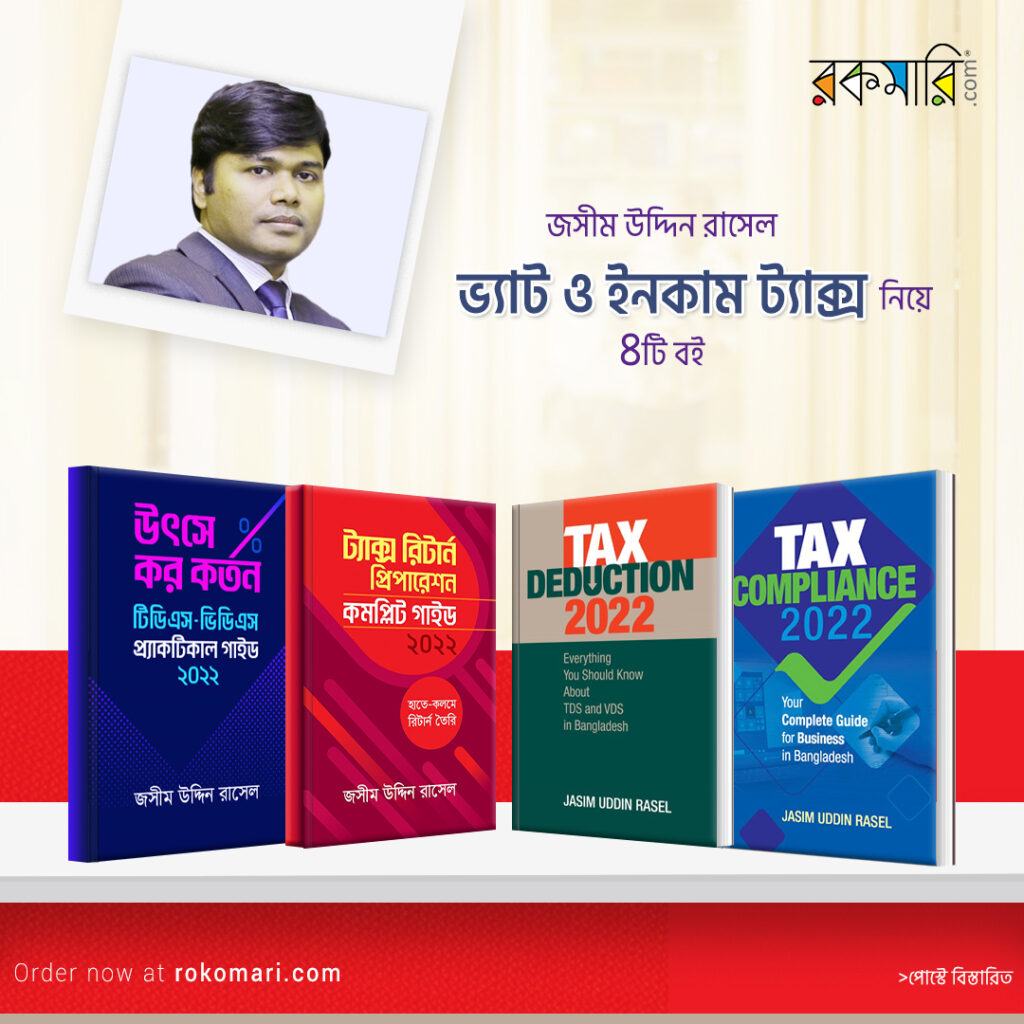
Time limit for depositing of TDS, statement regarding information on TDS, relief etc all these have to know by the responsible person after deducting tax at source from salaries.
And all the above matters you will know one after one from this article.
What will be the rate of TDS on salaries?
Guess you have heard about average rate.
Yes, the responsible person shall deduct tax at average rate on the estimated total income under the head of salaries at the time of making any payment.
Here the “estimated total income” term is used because tax is deducted from the starting month of the financial year. But at the beginning of the year it requires to calculate the total income of the year which is to be received throughout the year by the employee to find out the average rate. And these figures are assumption.
As the total income of the employee is estimated at the beginning of the year so there is a chance to change the income from salaries during the year.
There may be tax deducted comparatively more at the beginning of the year assuming the salary in the year but decreases for any reason. Then the amount of tax deduction will be decreased in the rest months of the income year.
The reverse may be happened or may fail to deduct any tax at the beginning months of the year and the amount of deduction will increase for the rest of the months of the year.
That’s why we see the TDS on salaries increase or decrease which require adjustment if any excess or deficiency arise due to any previous deductions or failure to make deductions.
Another matter may be raised, if any tax has been deducted or paid by the employee and submitted a certificate issued by the DCT about it then the responsible person may paid salaries with or without deduction of tax. But the certificate should specify the followings:
1. The tax payable on the total income of the employee has already been deducted or collected from such employee for the rest of the income year; or
2. The tax has deducted or collected from the employee and for the rest of the year the responsible person requires to adjust the tax by deducting at the lesser rate.
Sometimes we see the foreign employees hire by the employer and require to pay in foreign currency. Or local employees may be paid their salaries in foreign currency.
In that case, if any salary is paid in a foreign currency then the value in taka of such salary shall be calculated at such rate prescribed by the NBR.
When employer is permitted to deduct TDS on salaries in lump sum every month?
The new financial year has started. Employee wise new calculation is very time consuming if hundreds of employees work in a company. And the employer has an option to deduct tax on salaries in lump sum and adjust at the end of the income year.
In that case, the commissioner may permit an employer to pay TDS on salaries in a lump sum every month based on average amount from such salaries. And the statement may submit at the end of the year to the DCT.
The above permission may be granted subject to the conditions and any other conditions which he may specify to the employer.
The employer shall calculate the total amount paid to the employee and the amount paid to government treasury as TDS for the employee at the end of the year. If in the month of June it is found that any excess or less TDS has be deducted then the TDS shall be adjusted.
But that adjustment shall be made in each individual employee wise and any excess recovered from one employee shall not be adjusted with another employee.
What is the time limit for payment of TDS on salaries?
Tax deducted on salaries shall be paid to the credit of the Government as follows:
|
Time of deduction |
Time limit |
|
(a) Deducted from July to May of a year |
Within two weeks from the end of the month in which the deduction was made |
|
(b) Deduction from 01 to 20 June of a year |
Within seven days from the date in which the deduction or was made |
|
(c) Deduction in any other dates of the month of June of a year |
The next following day in which the deduction was made |
Provided that where the deduction was made in the last two working days of the month of June of a year, the payment shall be made to the credit of Government on the same day on which the deduction or collection was made.
What is the manner of payment of TDS on salaries?
You have deducted tax on salaries and get approval from the DCT to deposit tax quarterly. Now you have to deposit the tax to the government treasury.
And now how you will deposit the deducted tax?
The TDS on salaries shall remit through an income tax challan into the Bangladesh Bank or the Sonali Bank Limited or you may transfer the amount electronically. As per rule 26A, where the payment does not exceed BDT 500,000, tax shall be deposited through automated challan (A-challan) or electronic payment (e-payment).
All amount deducted from salaries may deposit in a single challan. In most cases, the responsible person include the list of employees with individual employee wise deducting amount in the backside of the challan so that in future he could identify the amount deducted from employees.
It helps the responsible person another way, when at the end of the year the proof of TDS requires to issue to a particular employee then the challan copy may be provided only hiding the other employees’ names from the backside during the photocopy due to confidentiality.
When relief is granted from TDS on salaries?
An employee will be entitled to get relief from TDS on salaries if he has been assessed at a higher rate or the following reasons have been occurred:
1. Any arrear or advance salary has been paid
2. Has received more than twelve moths salary in any one financial year
3. Received any payment which is a profit in lieu of salary
4. Any portion received in arrears in one income year from interest on securities relatable to more income years than one
If any employee thinks that he has paid more taxes that he should pay then he may submit an application to the DCT and the DCT may determine the tax payable by such employee during the related income year or years.
After determination, if the DCT found that any excess tax has been paid then the DCT may refund the amount of tax.
What will be included in the statement of TDS on salaries?
You have completed all the procedures.
But at the end of the year a statement shall be sent to the DCT by the responsible person for making the deduction at source from salaries in the prescribed format of the NBR.
The format consists 13 columns. If you require more information to include you may add additional column in the prescribed format.
At the end of the statement, the responsible person shall require to declare the following statement:
I (your name), being the person responsible for paying the above salaries, do hereby declare that the above list is complete and that the particulars given above are correct.
So be careful during preparation of statement!
By declaring the above statement the responsible person shall put his signature with date below his declaration.
Employees may switched job at the middle of the income year or may join new employees during the income year.
Employees always try to switch in better position in a better organization for higher financial or non-financial benefit. In most of the local companies, there is no post employment benefit like GF, PF or job security.
That’s why employees tend to switch job.
But the problem faced by the accounts people. More information requires to include in the statement provided to the DCT.
If any employee left the job then the total amount paid to the employee and the total deducted amount should be shown up to the last month of the year.
And address of the new employer and the former employer should be given in the remarks column if any employee left the job and new employee join in the company.
If any contribution paid by the trustees of an approved superannuation fund during his lifetime but not a termination then the following particulars should be given in the statement:
1. Name and address of the employee
2. The period for which the employee has contributed to the superannuation fund
3. The amount of principal and interest paid
4. The average rate of deduction of tax during the preceeding three years
5. Amount of tax deducted on repayment
Hope after reading both two articles you will get all information related with TDS on salaries. And will be very helpful to comply all the issues related with TDS on salaries.
The excellent idea will be if you bookmark or print out the both articles and whenever you will require any information on these related issues you could check at any time.


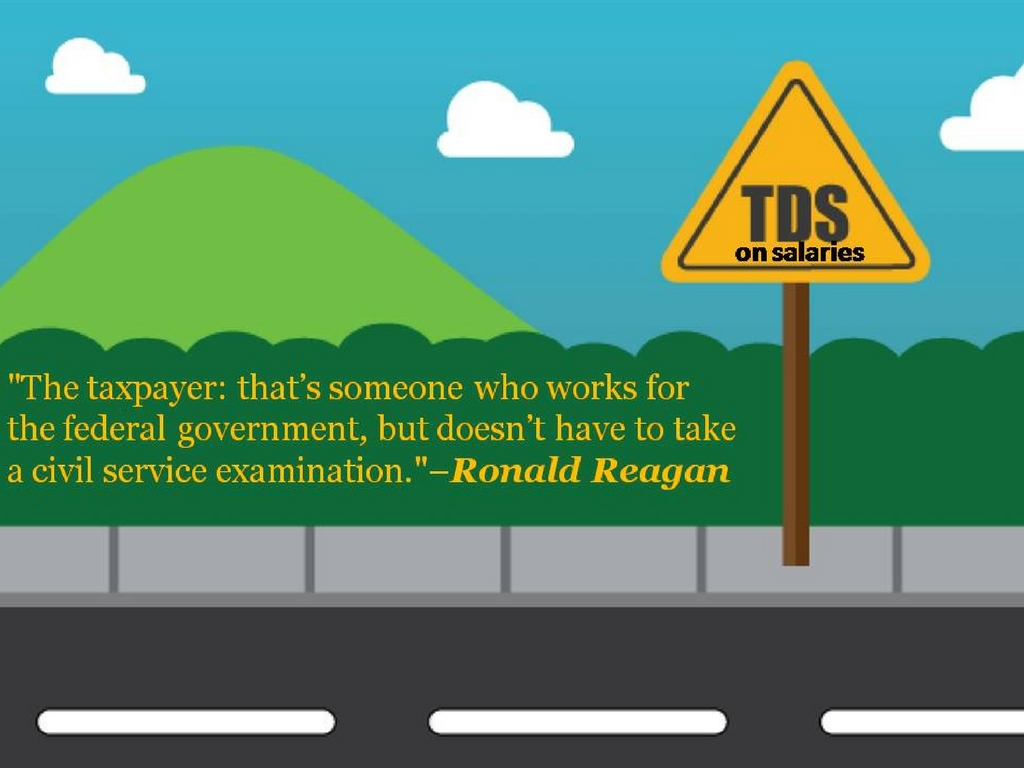
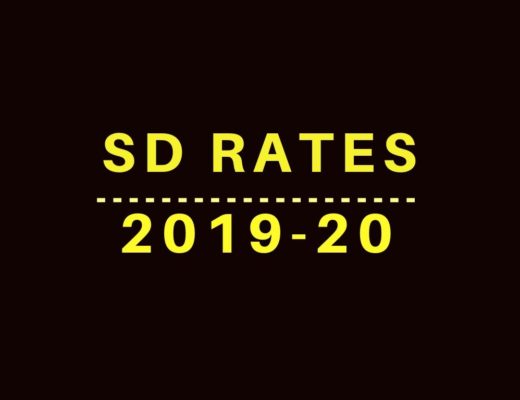
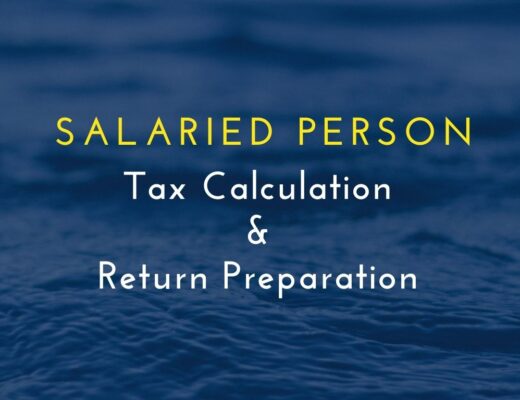

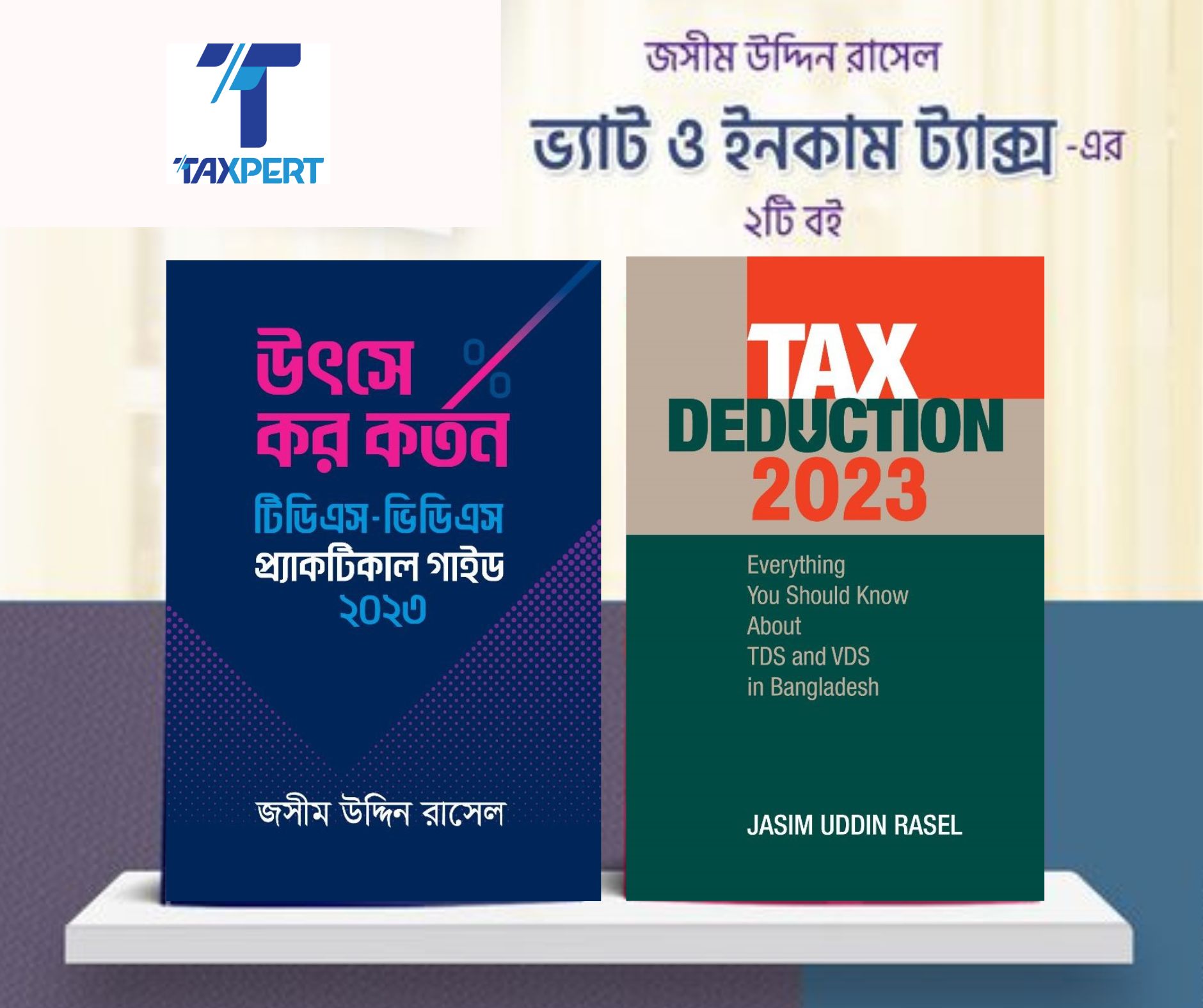
1 Comment
it’s really helpful….thanks